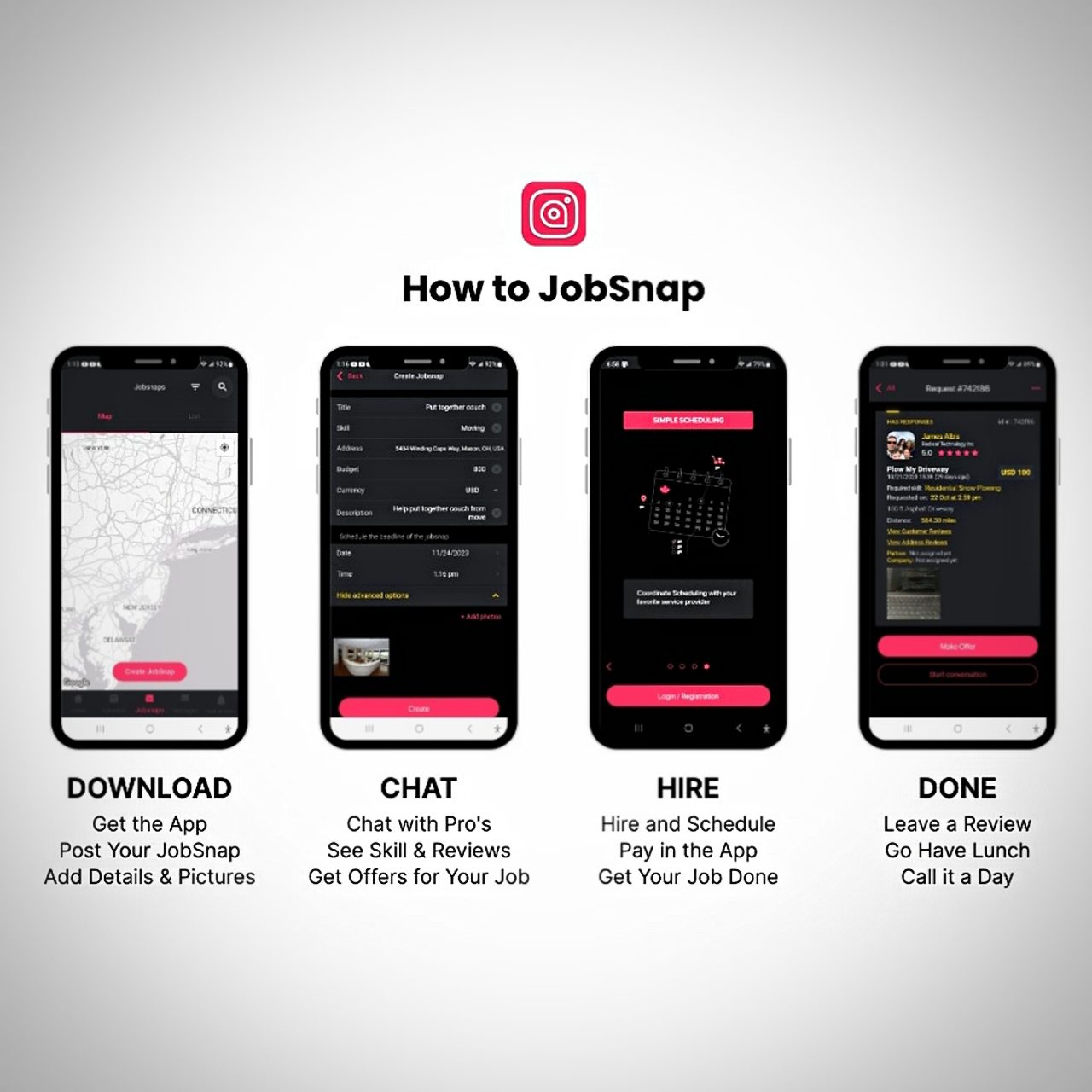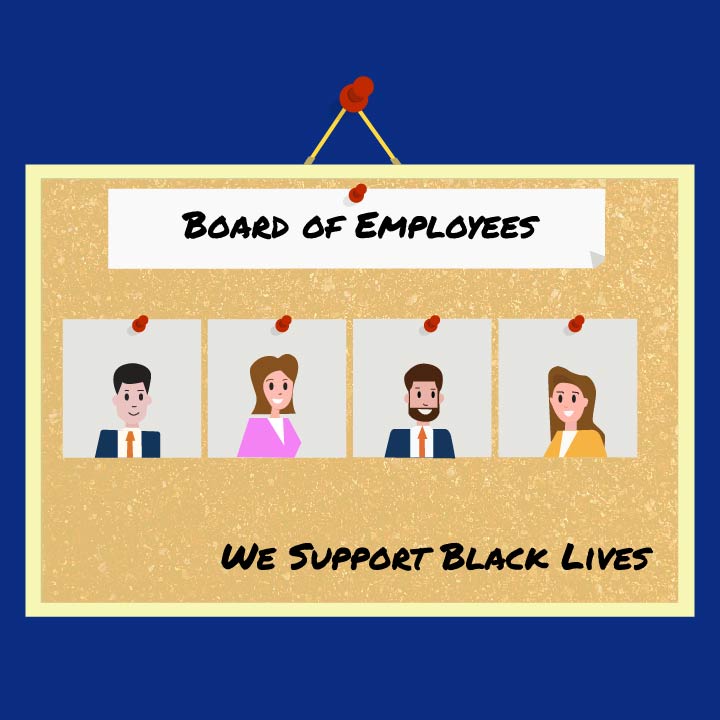Vaughn Lowery is the executive director of an acclaimed pop pub + design journal, 360 MAGAZINE. Their QR-coded trade books connect to both podcasts and their site in real-time.



JobSnap revolutionizing the home services landscape in the gig economy era.
There is no excerpt because this is a protected post.

Is your company seeking a high-profile sponsorship opportunity for a new class of students in our co-op program?

Integral to every successful hiring strategy is a well-thought-out onboarding plan. By developing and implementing a solid onboarding plan, you can help new employees adjust to your company’s culture and equip them with the tools they’ll need to do their jobs well.

Fully 82% of consumers surveyed in a recent Harris Poll indicated that they prefer to buy from companies that mirror what matters to them – and they’re willing to pay more for the privilege.

UFW Foundation to Distribute One-Time $600 Payment to Farm Workers for Pandemic Relief

Difficult employer guide for disgruntled employees via 360 MAGAZINE.

The rise of cloud computing and teleconferencing represent both the biggest opportunity for growth as well as the most significant organizational challenge to companies around the world, according to new research from Condeco’s new research paper, The Modern Workplace 2019: People, places & technology, involving 750 corporate leaders. The full report can be downloaded here. […]

Despite tighter budgets and limited IT resources, small businesses still need to centralize workflows and be efficient, just like enterprise companies. This is especially true for HR departments. In this ebook, we’ll take a look at some of the best HR software for small business modern, cloud-based systems with industry-leading functionality at an affordable price […]